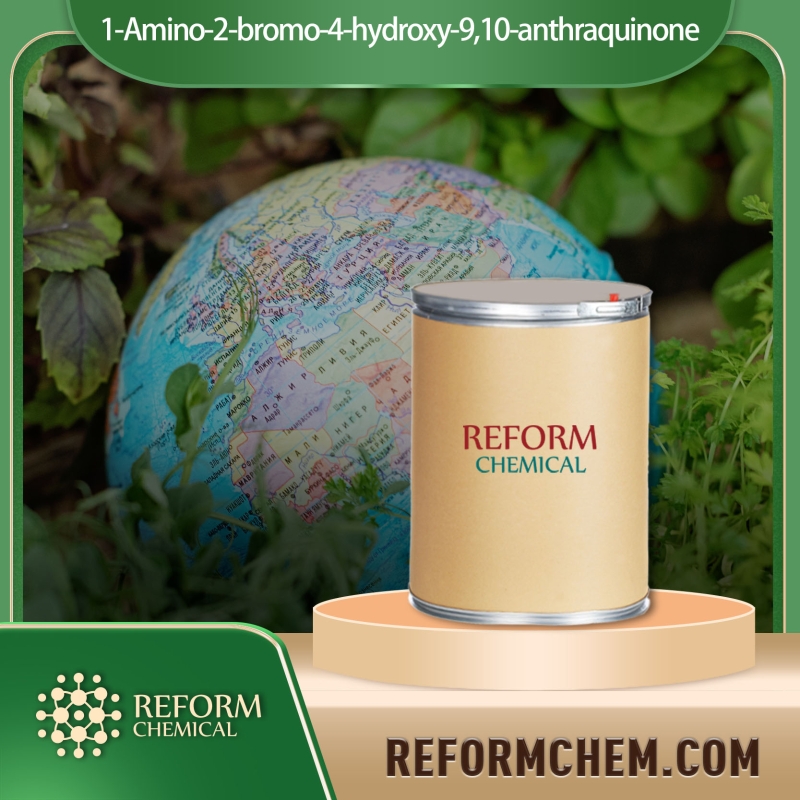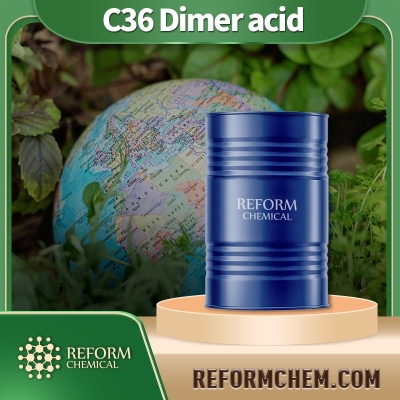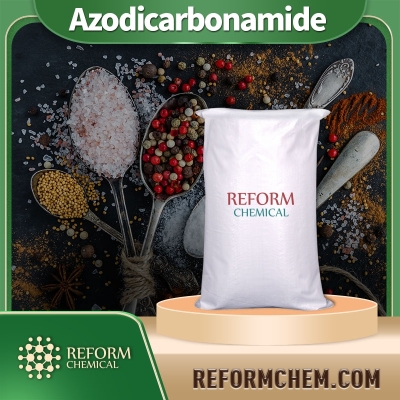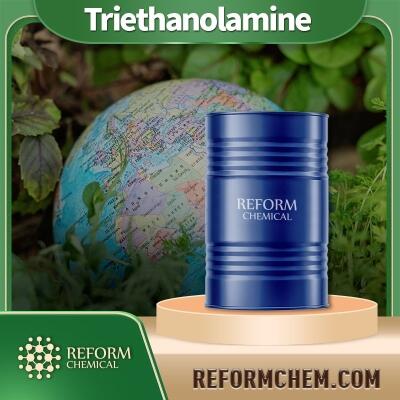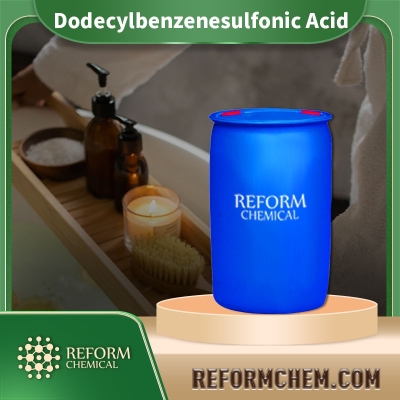What are Chemicals Used In Printing Newspaper?
The chemicals used in printing newspaper are mainly responsible for the crisp, white appearance of the paper. Without these chemicals, newspapers would be dull and unappealing. They are divided into three main categories:
Chemicals used in the newsprint itself
Chemicals used in the ink
Chemicals used in the printing process
The chemicals used in newsprint
They include fillers, such as clay and titanium dioxide, which give the paper its white color and strength. Other chemicals, such as china clay, are added to improve the smoothness of the paper.
The chemicals used in ink
The key ingredients to ink are pigments, resins, waxes, and additives They include pigments, such as carbon black, to give the ink its color. Other chemicals, such as resins, are added to improve the adhesion of the ink to the paper.
The chemicals used in ink for newsprint are generally similar to those used in other types of commercial printing, such as magazines and books. The main difference is that the inks used for newsprint are formulated to be fast-drying and have a low viscosity or thickness. This makes them easier to apply to the paper and helps the ink dry quickly so that the newspapers can be printed and delivered quickly.
The main chemicals used in newsprint inks are pigments, resins, solvents, and drying agents. Pigments are the colorants that give the ink its color. Resins are used to bind the pigments together and provide a smooth consistency. Solvents help to thin the ink and make it easier to apply to the paper. Drying agents help the ink to dry quickly.
The chemicals used in the printing process
The chemicals used in the printing process include chemicals that are added to the paper to make it easier to print on and chemicals that are used in the actual printing process.
Chemicals that are added to the paper include size press chemicals, which make the paper easier to print on, and coatings, which protect the paper from damage during the printing process.
Chemicals that are used in the printing process include dampening chemicals, which help to prevent the ink from smearing, and drying chemicals, which help the ink to dry quickly.
The chemicals used in printing newspapers are safe when used as directed. However, it is important to follow the manufacturer's instructions carefully and to wear protective clothing, such as gloves and a respirator, when working with these chemicals.
Is newspaper poisonous?
The hazardous compounds 2-naphthylamine and 4-aminobiphenyl have been found in newspaper ink. Furthermore, at least among newspaper printers, some studies have connected the ink to bladder and lung malignancies.
Which harmful chemical is present in a newspaper?
There are many chemicals used in printing of newspaper, some of which can be harmful if inhaled or ingested. These chemicals include pigments, resins, solvents, and drying agents. Some of these chemicals, such as carbon black and titanium dioxide, are considered to be carcinogenic. Others, such as resins and solvents, can irritate the skin, eyes, and respiratory system.
Are newspapers bleached?
Although the newspaper is less bleached than most commercial office papers, it nevertheless contains chlorine. This is a compelling argument against composting office paper, mail, or magazines. Magazine slick papers are likewise treated with petrochemicals to prevent them from yellowing and breaking down as quickly as newsprint.
Is newspaper biodegradable or nonbiodegradable?
Newspaper is biodegradable, meaning that it will break down over time. A biodegradable bag is one made of paper. A plastic bag, on the other hand, will last for a long time in the environment. Non-biodegradable means that it cannot be broken down by microbes. Other natural goods, such as wood and vegies, are biodegradable materials, in addition to paper.
Conclusion
There are many chemicals used in the printing of newspapers. Some of these chemicals, such as carbon black and titanium dioxide, are considered to be carcinogenic. Others, such as resins and solvents, can irritate the skin, eyes, and respiratory system. However, the chemicals used in printing newspaper are safe when used as directed. It is important to follow the manufacturer's instructions carefully and to wear protective clothing, such as gloves and a respirator when working with these chemicals. Newspaper is biodegradable, meaning that it will break down over time. This makes it a good choice for composting.
Looking for chemical products? Let suppliers reach out to you!
Trade Alert
Delivering the latest product trends and industry news straight to your inbox.
(We'll never share your email address with a third-party.)
Related News
-
Organic Or Inorganic Potassium Iodide | An Overview
-
Grape Seed Oil for Skin and Health: Benefits, Uses, Side Effects, and Risks
-
What are the differences and similarities between ionic and covalent bonds?
-
What Happens When You Add NaOH to Benzoic Acid?
-
How to Use Hemorrhoids Witch Hazel Extract and What Are the Benefits
-
Health Supplement 101: What are the Benefits of Pine Bark Extract?
-
Amazing Facts About Chemistry in Daily Life You Won't Believe Are True
-
What is the balanced equation for the reaction of NaOH (sodium hydroxide) and C9H8O4 (acetylsalicylic acid)?
-
What is Chemical Reactions In Baking
-
Silicate vs Silicone: What's the Difference?
Recommend Reading
-
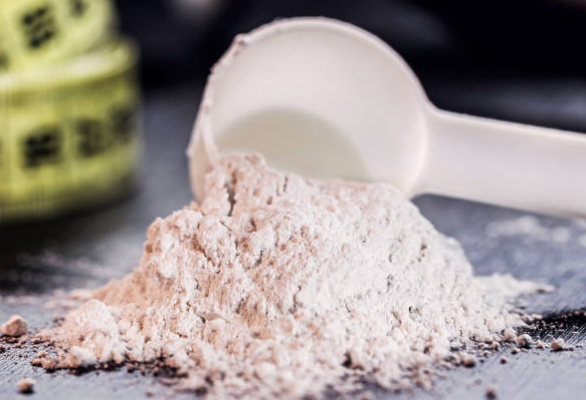
Exploring the Strongest Acids in the World
-
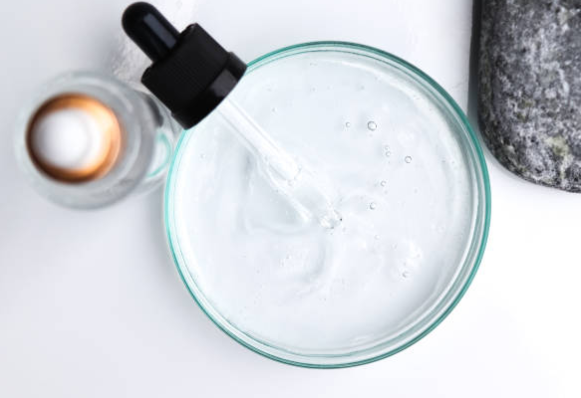
Tartaric Acid for Skin: A Natural Elixir
-
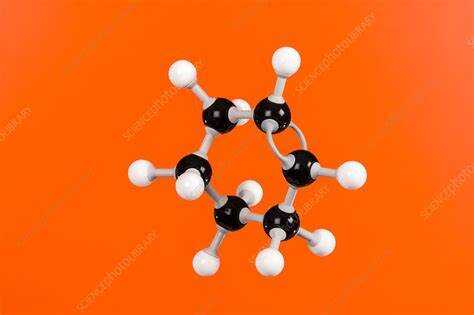
What Is IR Spectra of Cyclohexene: Does it Matter in Chemistry?
-
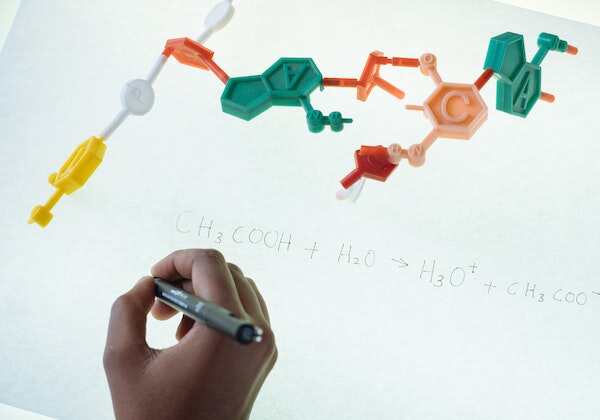
All organic molecules have what element in common? Each discussed.
-

Mycophenolate Mofetil Mechanism of Action | Extensive Review
-

2019 ECHEMI Natural Extracts Sourcing Meeting was held on Jun. 19!
-
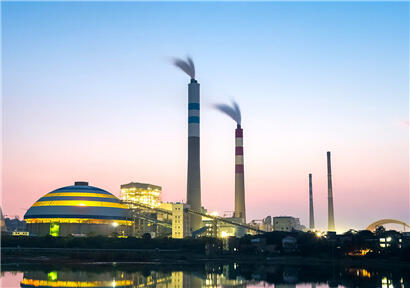
The coal market of producing area under the influence of epidemic situation
-
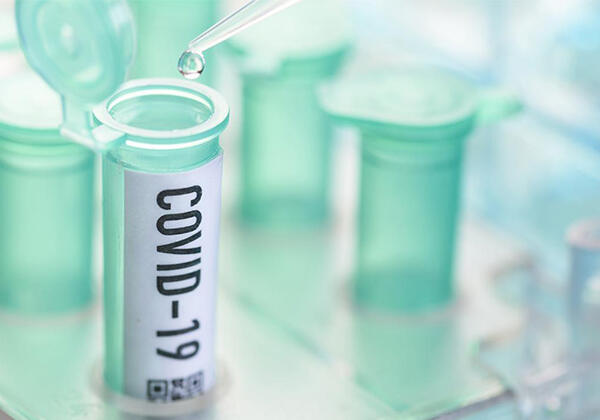
Pfizer and BioNTech achieve Health Canada authorization for their vaccine to com
-

Sixteen items are included in the first list of tariff exclusions
-
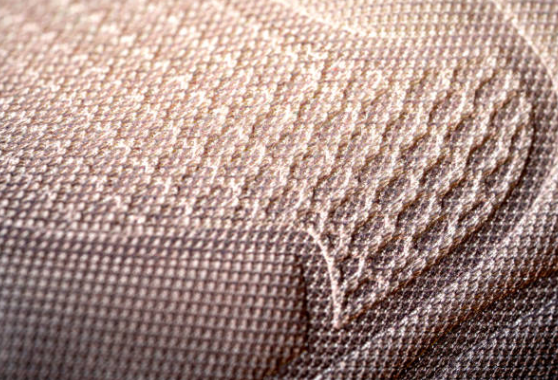
What Material Is TPU: Introduction, Characteristics and Applications





